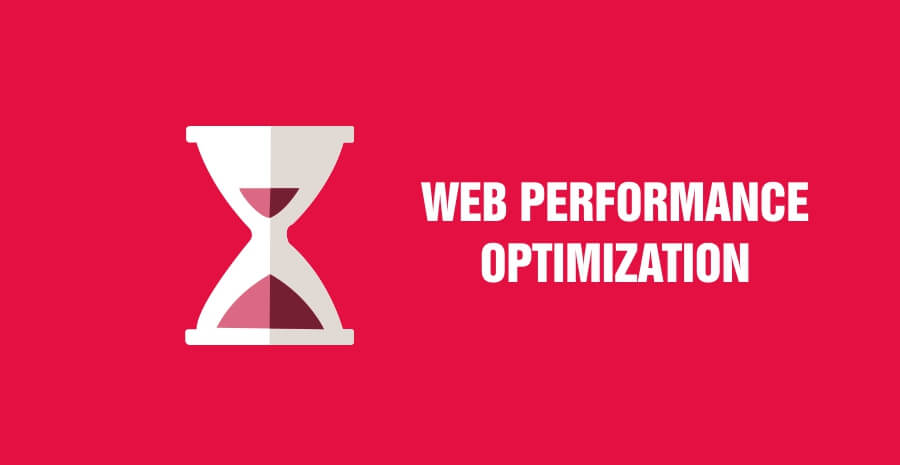-
27 Jul

How to Improve Website Performance?
The major point to keep in mind is that a fast website comes with some sacrifices. You’re going to have to decide very quickly about what constitutes the core of your user experience, and then get rid of all the “extras” that don’t enhance that primary experience.
To provide the most optimal, fast, and efficient user experience to your customers, we recommend 8 key strategies for enhancing your website. Please read on!
1. Code your site for mobile-first quality and speed
Given the prominence (and dominance!) of the mobile web, it’s critical to ensure that your website is mobile first. The paradigm of making desktop sites responsive for mobile devices must now be switched. The strategy should be to code for mobile users first and then progressively enhance the experience for tablets and desktops. Doing so will help reduce the number of unnecessary dependencies. So…
2. Reduce image size
According to the HTTP Archive, 61 percent of a website’s page weight on a desktop computer is images. Make sure that your images are appropriately sized.
3. Try a CDN
A content delivery network is a system that uses distributed servers to deliver websites and other web content depending on user’s location, and website’s content. Essentially, a way of taking a websites static files, like CSS, images, and JavaScript, and delivering them through web servers that are closer to the user’s physical location. Shorter proximity amounts to faster load time.
4. Cache as much as possible
You’ve probably heard this term before. So, what is Web Caching?
Caching is a mechanism for a temporary storage of web pages to reduce bandwidth and improve performance. When a visitor arrives at your site the cached version will be served up unless it has changed since the last cache. This saves server time and makes things altogether faster. Make sure this feature is enabled on your website!
5. Reduce the number of HTTP requests
What is a HTTP request?
HTTP is a request/response protocol used by a web browser to fetch files from web server.
Read more on using GET or POST methods here.
6. Load JavaScript asynchronously
Another trick is to think about loading any of your third party JavaScripts asynchronously. Websites today are increasingly integrated with third party content: social media, chat features, commenting services, information feeds, and others. So if you load async then in the event the third-party crashes, your page won’t be held up trying to load that resource. Async loading can also speed up page loads.
7. Review your hosting service plan
If you’ve gone through the checklist above and still find that web performance is impacted, check with your hosting provider to see whether you have shared or dedicated hosting. A shared hosting account often involves sharing server space with dozens of other companies where website speed is impacted by the number of people using the servers. If this is the case, then it may be time to consider a dedicated plan where you have sole access to the server.
8. Adopt cloud-based website monitoring
There are significant advantages to offloading your website monitoring to a cloud-based host – cost, scalability, efficiency, to name a few. Not to mention, this frees you up to focus on growing your business, which matters the most anyway.
Always remember, the primary point of your website is to improve traffic and make money. The glossy images and trendy styles may seem well and good, but they could prove detrimental if your visitors are waiting more than 10 seconds to access your site. Go through the 8 points above to ensure that everything is optimized and running as efficiently as possible. Your customers will thank you with many happy returns!
